source: editor:Zhang Wenni
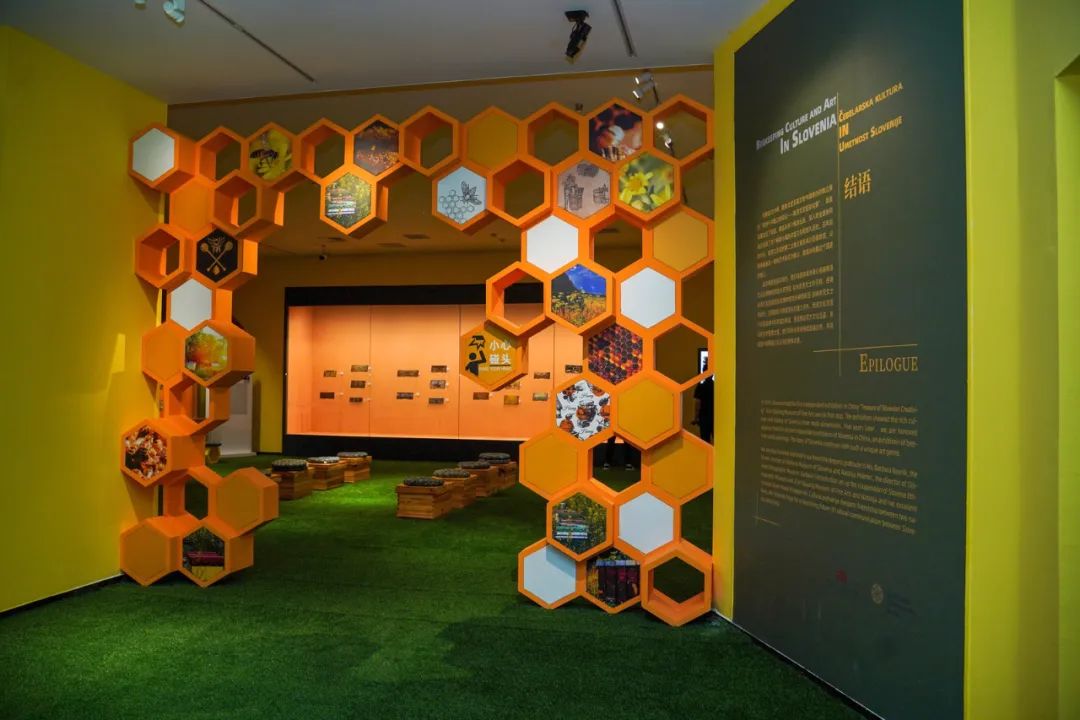
The featured exhibition "Bee-keeping Culture and Art in Slovenia" is currently on display at Xi'an Qujiang Art Museum. Today, let's check out this fascinating and ancient European cultural art form—"beehive panel painting".

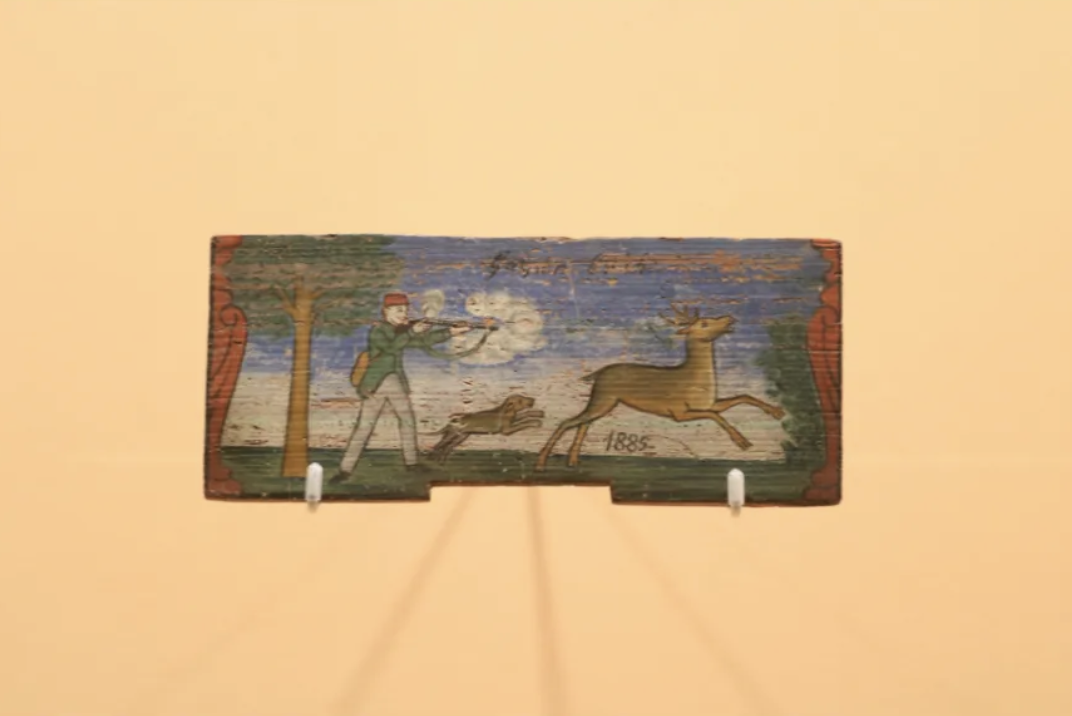
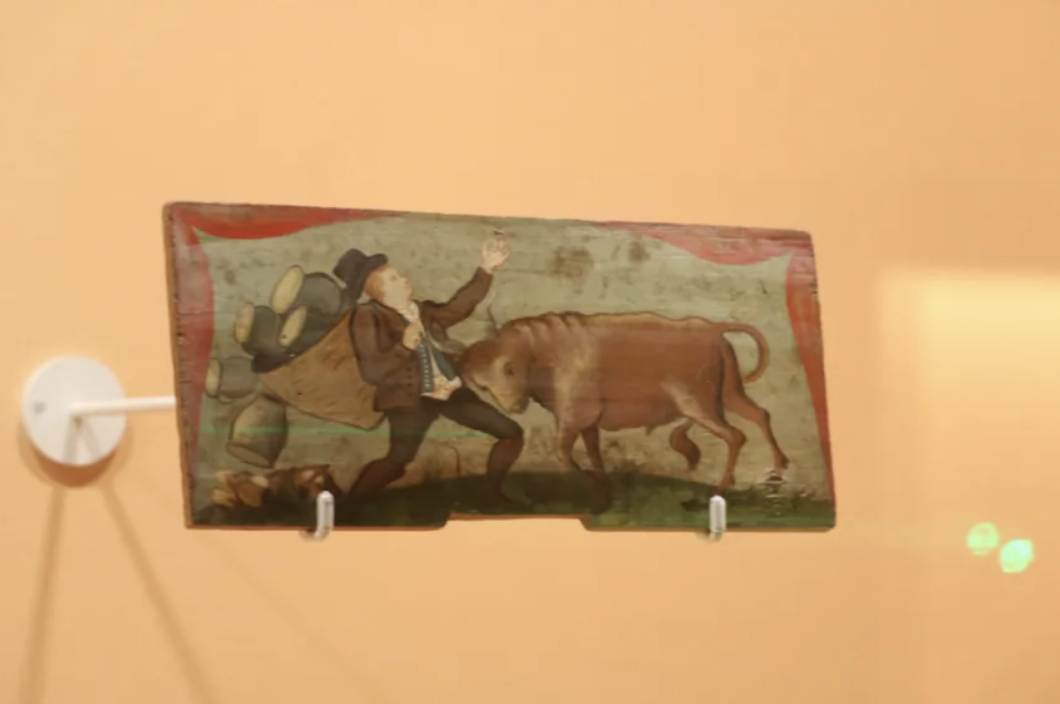
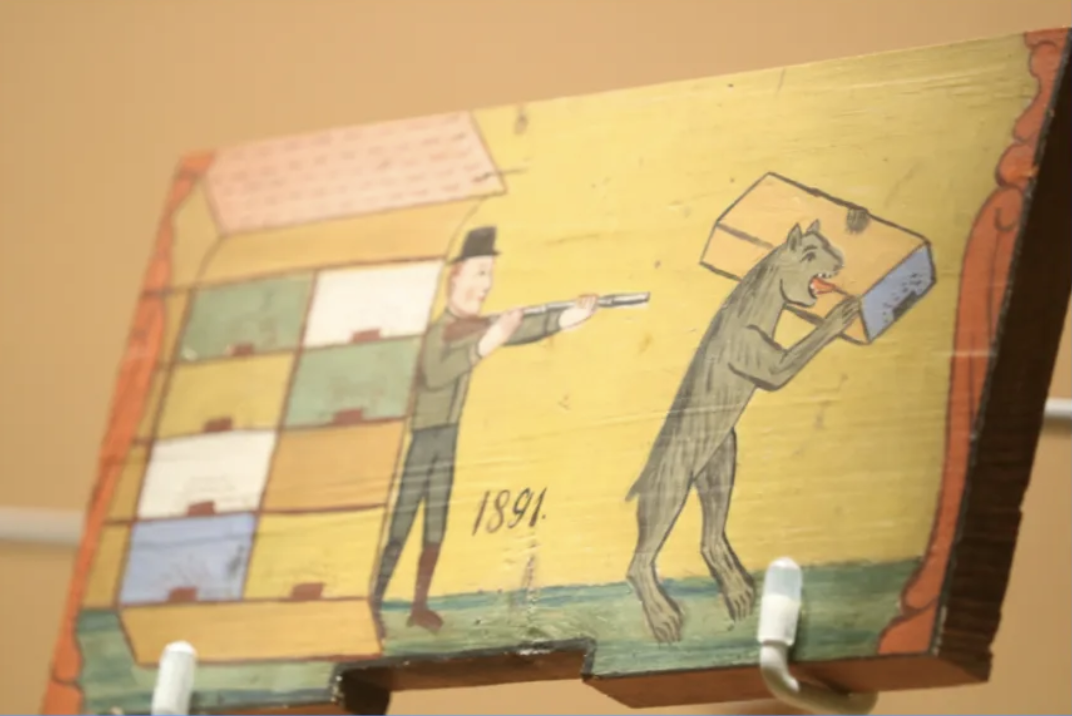
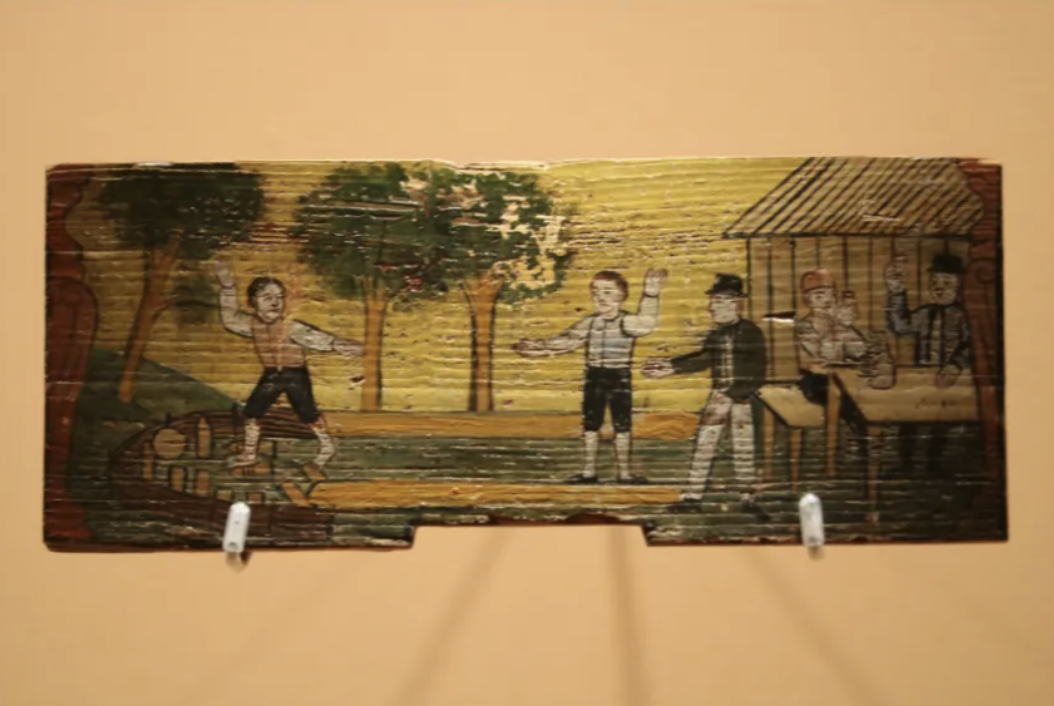
Slovenian beehive panel paintings first emerged in the mid-18th century, with over 50,000 known examples currently in existence. In the late 19th century, painted beehive panels gained popularity in regions such as Upper Carniola, Southern Croatia, Eastern Styria, and Prekmurje, though they were rare in southern Slovenia and other countries. At the beginning of the 20th century, beehives featuring painted panels experienced a resurgence, becoming a significant representation of Slovenian folk culture.
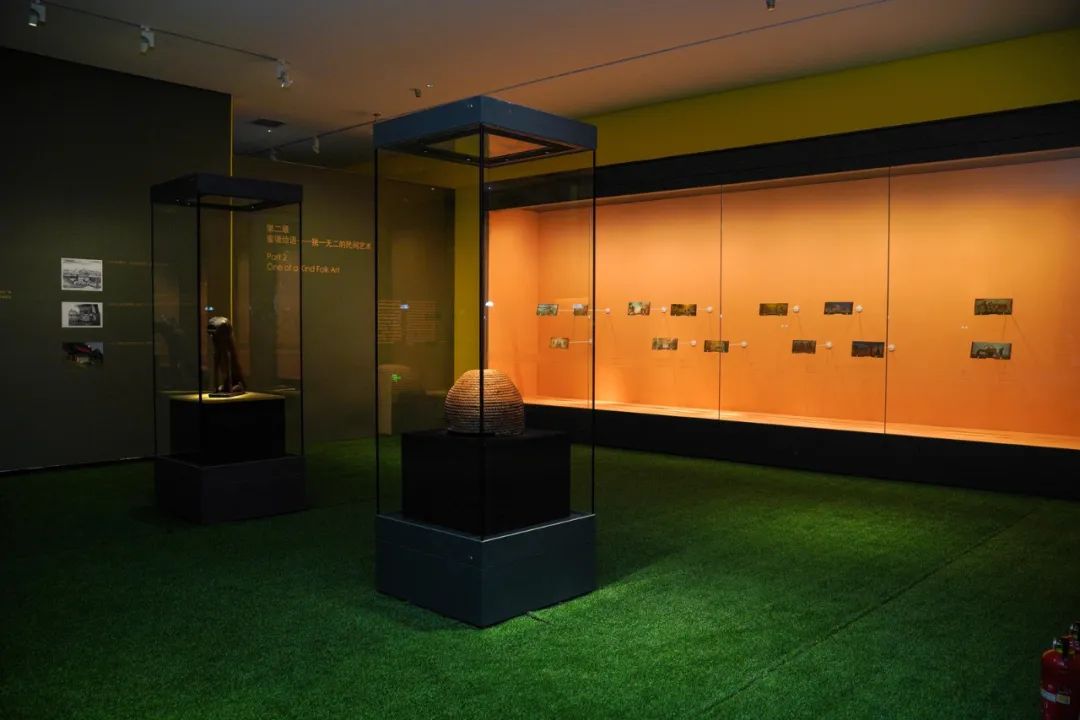
The beehive panel paintings are a distinctive art form in Slovenia, featuring the application of oil paints on the front of beehive panels to depict a rich variety of secular subjects, human figures, moral tales, and satirical vignettes. This art form is an important part of Slovenia's cultural heritage.
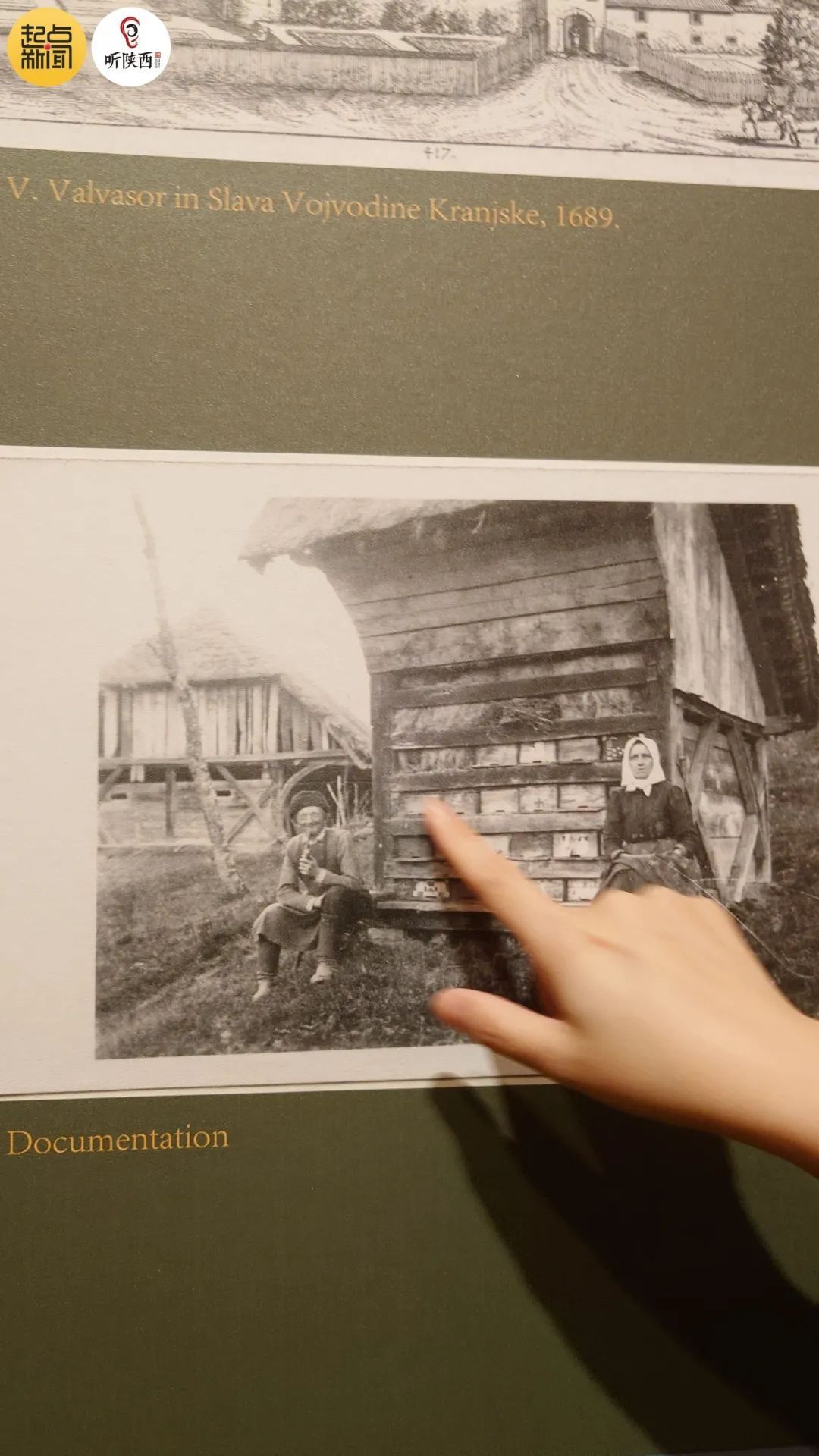
The bee shelter in the image can accommodate 20 to 30 beehives.
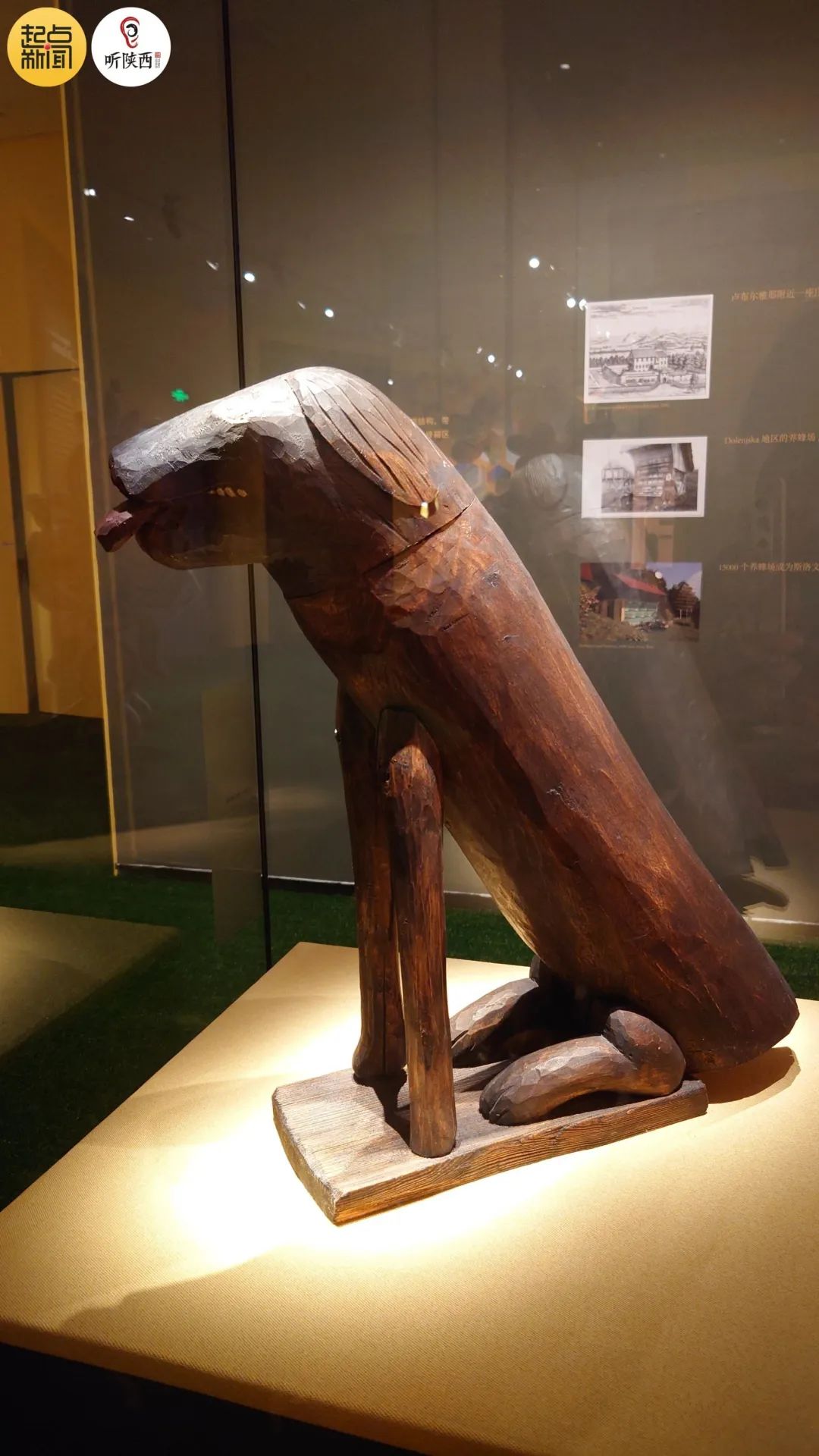
This 50-centimeter-tall wooden dog is actually a beehive, and the bees' entrance is located in the dog's mouth.

Beehive panel painting is a unique Slovenian cultural tradition, with the earliest examples dating back to 1689. Beekeeping remains a thriving industry in Slovenia to this day, with 15,000 apiaries across its 20,300 square kilometers — averaging less than 1.5 square kilometers per apiary.
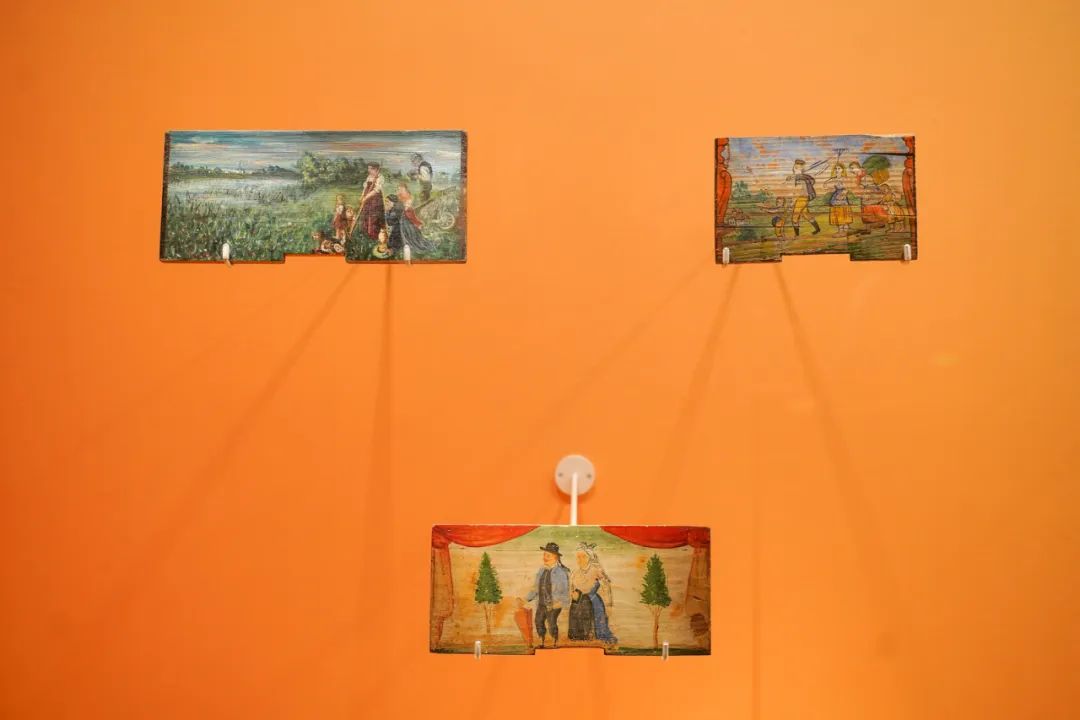
Among the many subjects depicted on beehive panels are anthropomorphic animals, tailors and cobblers, and various exotically styled inns. This rich diversity of themes contributed to a unique painting style, making these panels some of the most comprehensive artifacts that reflect the imagery of the lower classes in European society. Consequently, beehive panel paintings serve as valuable testaments to the cultural needs, worldview, and creativity of Slovenian peasants.